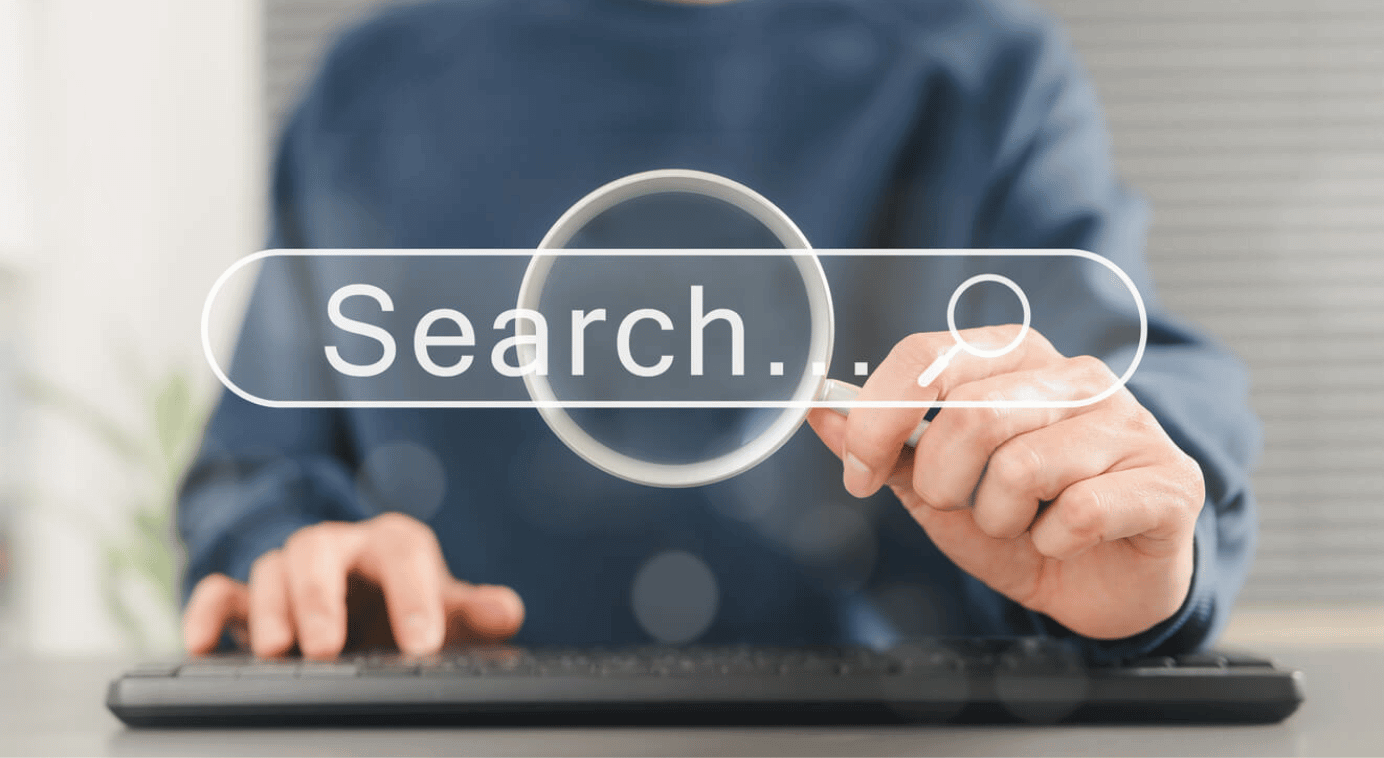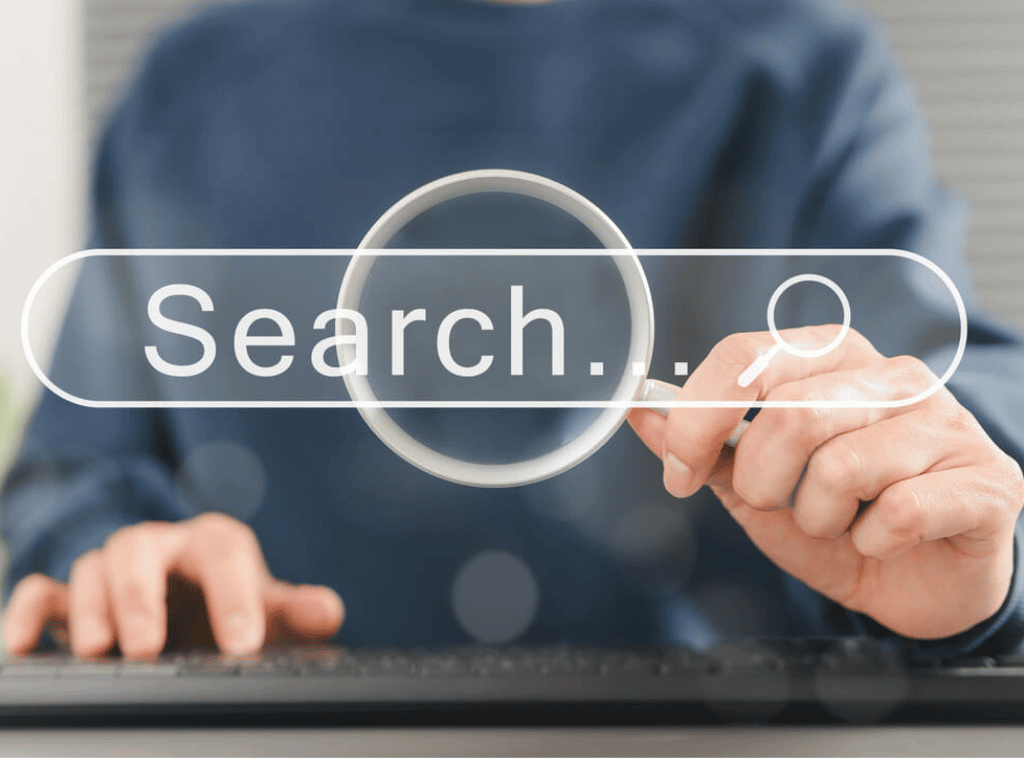Historically, multi-location businesses have focused on ranking in the top three results in Google Search and Maps, but with the proliferation of AI search and the rise of zero-click results, these are no longer the only places brands need to appear to convert customers.
Google is still the dominant force in search, but even its own AI-powered features, including AI Overviews and AI-Mode, are eating into traditional search traffic, making it more difficult for businesses, especially those with multiple locations, to fully understand their true local visibility.
Rethinking Local Visibility in the AI Era
Despite Google itself pushing back against claims that AI Overviews and other AI-powered search features are reducing web traffic for businesses, independent studies suggest otherwise.
According to a Pew Research Center report, just 1% of users who encountered a Google AI Overview in search results clicked on a link cited in the summary, with 26% of users ending their search entirely after encountering the AI Overview.
While this is certainly one of the reasons businesses are seeing a drop-off in local search traffic, it doesn’t necessarily mean that they aren’t visible in local search — it just means the definition of local visibility is expanding, and brands need to adapt their rank tracking accordingly to ensure they continue to get the full picture.
Where Local Visibility Now Lives:
- Google Search and Maps — still number one in terms of local search traffic, especially for bottom-of-funnel searches!
- Apple Maps — an increasing number of iOS device users are relying on Apple Maps to find local businesses.
- Bing — Microsoft Bing still accounts for a small percentage of traditional local search traffic.
- Google AI Overviews — AI-generated summaries often appear above traditional local search results.
- AI Search Tools — platforms like ChatGPT, Gemini, Google AI Mode, and others are pulling in local business information from diverse sources, especially for top-of-funnel and mid-funnel searches.
- User-Generated Content — user-generated content from platforms like Reddit, Quora, TikTok, and YouTube is increasingly highlighted and cited in AI-generated answers and search results.
Measuring True Local Visibility Across Locations
While tracking traditional local search rankings, especially Google Business Profile rankings, is still crucial for multi-location brands, it’s now more important than ever to look at local visibility through a wider lens.
Ranking in the top three results on Google on average for a zip code or city is great, but it doesn’t mean much if you’re invisible just a few miles away — or missing from AI-generated answers entirely.
To get the full picture, multi-location businesses should expand their local visibility measurement strategy in three key ways:
1. Geo-Grid Rank Tracking
Instead of relying on a single ranking snapshot, geo-grid rank tracking lets you visualize precisely how each location appears across different neighborhoods, cities, and service areas at specific points on the map. This shows the actual discovery footprint of a business and highlights coverage gaps competitors may be filling.
Why Multi-Location Businesses Need Custom Geo-Grid Rank Tracking
2. AI Visibility Monitoring
It’s not enough anymore to know where your Google Business Profiles rank — you also need to know whether your brand appears in Google AI Overviews, AI Mode, ChatGPT, Gemini, and other emerging AI search tools. If your competitors are showing up in AI answers but you aren’t, you’re effectively invisible to a growing percentage of searchers.
3. Cross-Platform Coverage
Business site content, directory listings, reviews, third-party articles or blog posts, and even user-generated content are now influencing AI answers and local visibility. Cross-platform coverage means tracking how often and how accurately your brand shows up across the directories, review sites, and content sources that influence AI answers and local search results.
The New Local Visibility Metrics That Matter
With search evolving, multi-location brands need KPIs that go beyond traditional rankings. Instead of focusing on whether a single location “ranks #1,” the more important question is: how visible are we compared to competitors across all the places customers are searching?
This is where the concept of measuring your share of local visibility comes in. This approach looks at how often and how widely your brand shows up across maps, AI answers, and other platforms relative to competitors. It’s not just about measuring positions on a single results page, but about monitoring coverage, consistency, and presence wherever decisions are being made.
Shifting from a narrow “Did we rank?” mindset to a broader view of “Are we discoverable where our customers are looking?” helps multi-location brands gain a clearer picture of their true local visibility in the AI era.
Future-Proofing Local Visibility
The days of measuring success by checking a single Google ranking are over. For multi-location brands, visibility is no longer confined to one search engine results page or map pack — it’s distributed across various search engines and maps apps, AI platforms, and third-party and user-generated content.
Staying competitive now requires a deeper understanding of where and how customers discover your business. That means going beyond traditional rank reports to measure geographic coverage across service areas, as well as tracking brand presence in AI-generated answers and emerging search tools. Tools that combine traditional local rank tracking with geo-grid visuals and AI visibility monitoring, such as Local Falcon, make it possible to see this bigger picture.
Ultimately, expanding how you measure local visibility for multi-location brands ensures they aren’t stuck competing in yesterday’s search ecosystem, but rather they’re prepared to thrive in the AI-driven future of local discovery.




